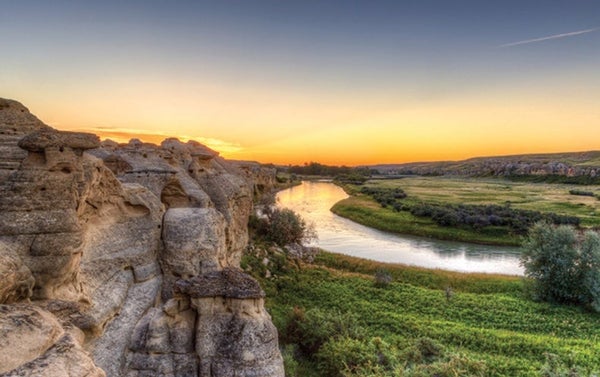Scientists, conservation organizations and governments trying to stem the tide of extinction often focus efforts on protected areas such as national parks and wildlife preserves. But with as many as a million species at risk, this strategy may not be enough to conserve wildlife, especially in a world increasingly disrupted by climate change.
Slowing the mass extinction that now appears to be underway will require more creative means of coexisting alongside wild plants and animals. A new study underscores the effectiveness of some such approaches by examining indigenous-managed lands.
“We show really strongly that, from a biodiversity standpoint in terms of species richness, indigenous-managed lands are at least comparable to protected areas,” says biologist Richard Schuster of Carleton University. And in some places, they far surpass parks and preserves—even though indigenous communities may utilize their lands' resources by hunting or foraging for food.
On supporting science journalism
If you're enjoying this article, consider supporting our award-winning journalism by subscribing. By purchasing a subscription you are helping to ensure the future of impactful stories about the discoveries and ideas shaping our world today.
Schuster and his team analyzed more than 15,000 areas in Australia, Brazil and Canada. They found that the total diversity of birds, mammals, amphibians and reptiles was highest on lands either managed or co-managed by indigenous groups, whereas randomly selected locations with no formal protection were the least biodiverse. For threatened species in particular, indigenous lands scored slightly higher than protected lands on overall species richness in Brazil and Canada, as well as higher for threatened amphibians and reptiles in Australia, mammals in Brazil, and birds and reptiles in Canada. The results were published last November in Environmental Science and Policy.
Each country has a different geography, climate and colonization history. Yet remarkably, Schuster says, the best indicator for species diversity is whether a given area was managed by an indigenous community. He points out that practices such as sustainable hunting, fishing and foraging, as well as prescribed burning, are more likely to occur in such areas. Don Hankins, an ecologist at California State University, Chico, who is a member of the Plains Miwok indigenous nation and was not involved in the study, agrees. “There's probably going to be more of a connection to the land,” he says, “and a use of the land for the things that are there, compared to a national park.”
“It's really important to listen to the people who live on the land and have them drive the stewardship efforts going forward,” Schuster says, adding that partnering with indigenous communities may enable the world's countries to better meet a wide range of conservation goals: “We really need all the help we can get as a global community to avert the extinction crisis that we're facing right now.”
